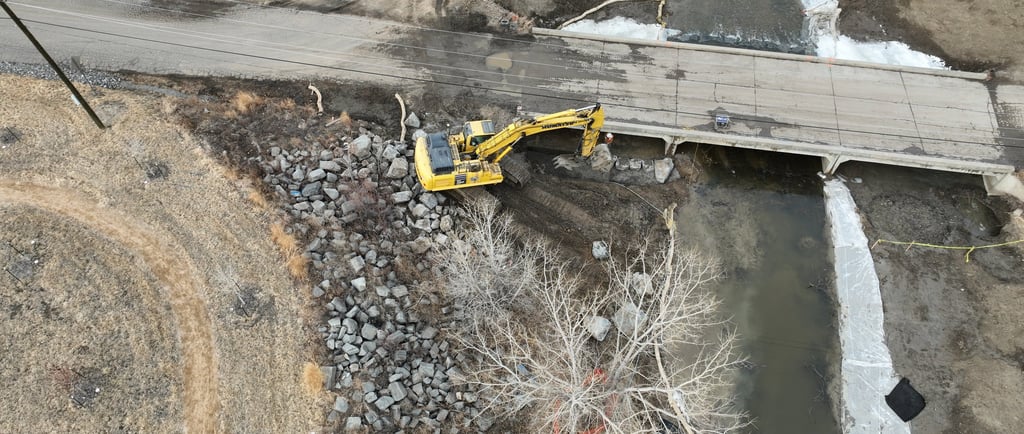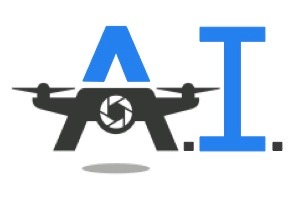How drones provide value in the construction industry.


Drones are revolutionizing the construction industry in numerous ways, providing value through increased efficiency, safety improvements, and cost savings. Here are some key ways drones are making an impact: Aerial Surveys and Mapping Drones equipped with cameras and LiDAR (Light Detection and Ranging) technology can quickly and accurately survey construction sites, providing detailed 3D maps and models. This helps in site planning, progress tracking, and identifying potential issues before they become costly problems. The use of drones in aerial surveys and mapping has significantly improved the efficiency and accuracy of data collection. In the past, construction companies relied on manual methods or traditional surveying techniques, which were time-consuming and often prone to errors. With drones, construction professionals can now capture high-resolution images and collect data in a fraction of the time it would take using traditional methods. The 3D maps and models generated by drones provide construction managers with valuable insights into the site's topography, enabling them to make informed decisions about site planning and design. These detailed maps also help identify potential obstacles and hazards, allowing for proactive measures to be taken to mitigate risks. Progress Monitoring Drones enable construction managers to monitor progress remotely, allowing for real-time updates on project status. This improves project management by providing accurate and up-to-date information on construction activities, enabling timely decision-making and resource allocation. Traditionally, progress monitoring involved manual inspections or relying on reports from on-site personnel. These methods were often time-consuming and subject to human error. With drones, construction managers can easily capture aerial footage and images of the construction site, providing a comprehensive view of the progress being made. The real-time updates provided by drones allow construction managers to identify any potential delays or issues early on, allowing for prompt action to be taken. This helps ensure that projects stay on schedule and within budget. Additionally, the ability to remotely monitor progress reduces the need for frequent site visits, saving time and resources. Inspections and Safety Drones are also being used for inspections, improving safety and reducing risks for construction workers. Instead of sending workers to dangerous or hard-to-reach areas, drones can be deployed to conduct inspections in a safe and efficient manner. For example, drones equipped with thermal imaging cameras can detect heat signatures and identify potential issues with electrical systems or insulation. This helps prevent accidents and ensures that construction sites are compliant with safety regulations. Similarly, drones can be used to inspect tall structures such as bridges or towers, eliminating the need for workers to climb to dangerous heights. By capturing high-resolution images and videos, drones provide detailed visual documentation, allowing for thorough inspections without putting workers at risk. Cost Savings The use of drones in the construction industry also leads to significant cost savings. By streamlining processes and improving efficiency, drones help reduce labor costs and minimize the risk of errors. Aerial surveys and mapping conducted by drones eliminate the need for manual measurements and data collection, saving both time and resources. The accurate and detailed 3D maps generated by drones also help optimize site planning and design, reducing the likelihood of costly rework or design changes. Furthermore, the ability to remotely monitor progress and conduct inspections with drones reduces the need for on-site personnel, resulting in cost savings. Drones can quickly and efficiently capture data and provide real-time updates, reducing the need for manual inspections and the associated labor costs. Conclusion Drones have become an invaluable tool in the construction industry, revolutionizing various aspects of the construction process. From aerial surveys and mapping to progress monitoring and inspections, drones provide construction professionals with accurate and timely information, improving efficiency, safety, and cost-effectiveness. As technology continues to advance, the use of drones in construction is only expected to grow. Construction companies that embrace drone technology stand to gain a competitive advantage by leveraging the benefits of increased efficiency, improved safety, and cost savings. With the potential to transform the industry, drones are undoubtedly shaping the future of construction.

